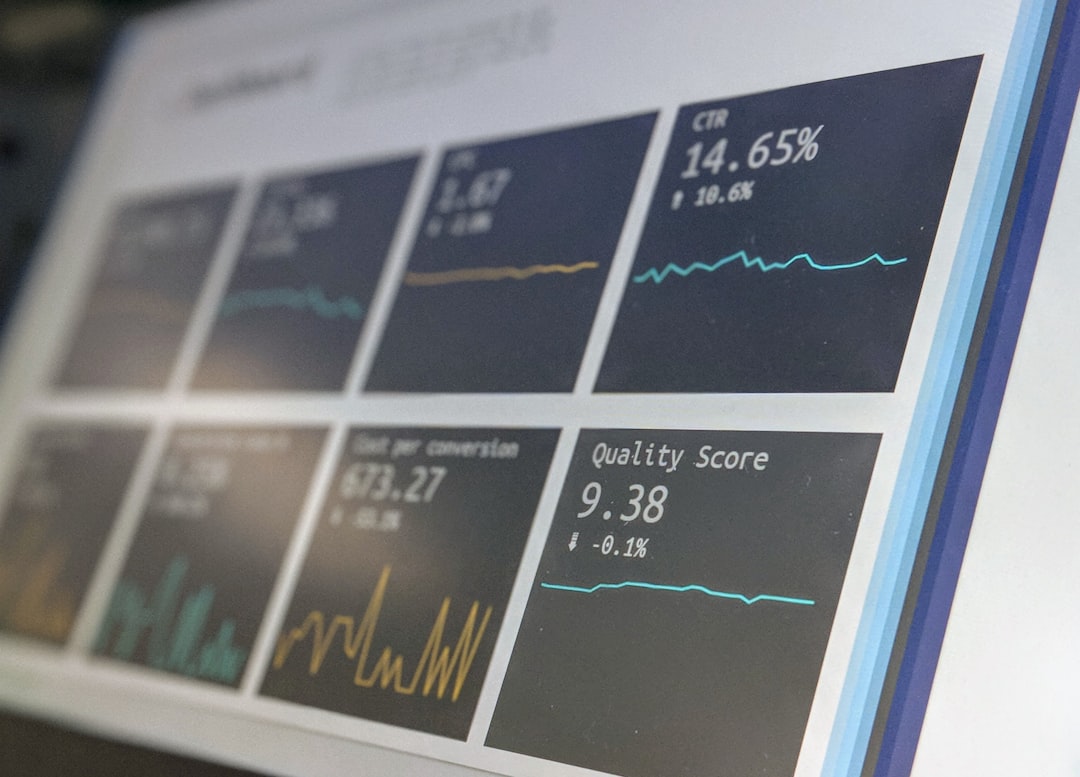
How to Leverage Financial Data for Economic Analysis
# Introduction. In an increasingly data-driven economy, understanding and leveraging financial data is crucial for conducting effective economic analysis. Financial data provides insights into market trends, consumer behavior, and resource allocation, allowing businesses and analysts to make informed decisions. This post will delve into the techniques for maximizing the use of financial data in economic analysis, focusing on how businesses can better use data to drive strategic initiatives. # Understanding Financial Data. Before leveraging financial data, it's essential to understand what constitutes financial data. Financial data can be categorized into several types, such as balance sheets, income statements, and cash flow statements. Balance sheets provide a snapshot of assets, liabilities, and equity at a specific point in time, while income statements reflect the profitability over a period. Finally, cash flow statements show how cash enters and leaves a business, highlighting operational efficiency. Knowing these components and their implications helps analysts identify trends and opportunities for economic growth or fiscal responsibility. # Data Collection and Management. Collecting robust financial data is the cornerstone of effective economic analysis. It’s crucial to gather data from reliable sources such as internal systems, financial institutions, government reports, and reputable financial news platforms. Additionally, organizations should implement robust data management systems to ensure that data is stored, processed, and analyzed effectively. Software solutions like ERP (Enterprise Resource Planning) systems or dedicated financial analytics tools (e.g., Tableau, QuickBooks) can help streamline data collection and facilitate easier access to historical and real-time financial data. # Analyzing Financial Data to Identify Trends. Once financial data is collected, the next step is analyzing it to identify important trends or patterns. Utilizing statistical tools and methods, such as regression analysis, moving averages, or time series analysis, can reveal insights that inform economic predictions. For instance, analyzing historical revenue data against seasonal market trends can help businesses anticipate fluctuations in demand. This forward-looking approach assists in inventory management and marketing strategies tailored to consumer behaviors, all driven by data. # Using Financial Metrics for Benchmarking. Another powerful way to leverage financial data is through benchmarking. By comparing financial metrics against industry standards or competitor performance, businesses can gauge their own operational efficiency and identify areas for improvement. Common metrics used for benchmarking include net profit margin, return on assets (ROA), and quick ratio. Regularly monitoring these metrics enables organizations to remain competitive and responsive to market changes, ultimately leading to strategic growth decisions supported by empirical evidence. # Integrating Qualitative Factors into Financial Analysis. While financial data is paramount, integrating qualitative factors into economic analysis enhances the overall picture. Understanding the economic environment, consumer sentiments, and industry developments can significantly augment the conclusions drawn from financial data. For example, if an analysis shows increasing debt levels in a company but it is also tapped into a booming market, the qualitative context can offer a nuanced view of sustainability versus risk. Blending quantitative data with qualitative insights produces a comprehensive strategy drawing on full-spectrum analysis. # Communicating Findings Effectively. Finally, being able to communicate the findings from financial data analysis effectively is crucial for decision-making processes. Clear visualizations through charts, graphs, and dashboards can help stakeholders grasp complex data sets quickly. Presenting findings coherently allows business leaders and stakeholders to make informed decisions while advocating for necessary changes backed by solid analysis. Tools like Power BI or Google Data Studio can facilitate data storytelling by turning raw numbers into digestible infographics. # Conclusion. Leveraging financial data for economic analysis is indispensable for modern businesses aiming for success amid economic volatility. By understanding various types of financial data, employing rigorous data collection and analysis methods, and integrating qualitative insights, economic decision-makers can craft comprehensive strategies. Ultimately, mastering the use of financial data not only enhances organizational performance but also drives sustainable economic growth. .






